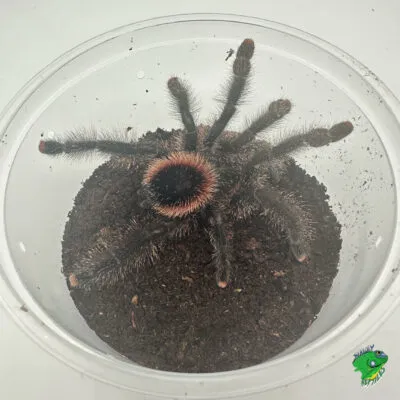What is a Yellow Banded Birdeater Tarantula
The Yellow Banded Birdeater Tarantula, scientifically known as Lasiodora parahybana, is one of the largest tarantula species in the world. Native to Brazil, this impressive arachnid is a popular choice among tarantula enthusiasts due to its size and relatively docile temperament. They are known for their striking appearance, with a primarily brown body adorned with vibrant yellow bands on their legs. While the name might suggest a diet of birds, this tarantula, like most others, primarily feeds on insects. However, their size does allow them to occasionally prey on small vertebrates. Their imposing size and captivating appearance make them a fascinating subject for both observation and study, but also require responsible care and understanding.
Appearance and Identification
Identifying a Yellow Banded Birdeater Tarantula is straightforward, thanks to their distinctive appearance. The body is typically a dark brown color, providing a stark contrast to the striking yellow bands that adorn their legs. These bands are most prominent in juveniles and may fade slightly as they mature. The carapace, the top shell of the cephalothorax, is also a darker brown, often with a slightly lighter pattern. The abdomen is covered in urticating hairs, which the tarantula can flick off as a defense mechanism. Mature females are typically larger than males, with a more robust build. Examining the pedipalps (the small appendages near the mouth) and the presence of tibial hooks on the male’s legs can help determine the sex, but this is not always visible in younger specimens. These features combined make them easily distinguishable from other tarantula species.
Habitat and Natural Range
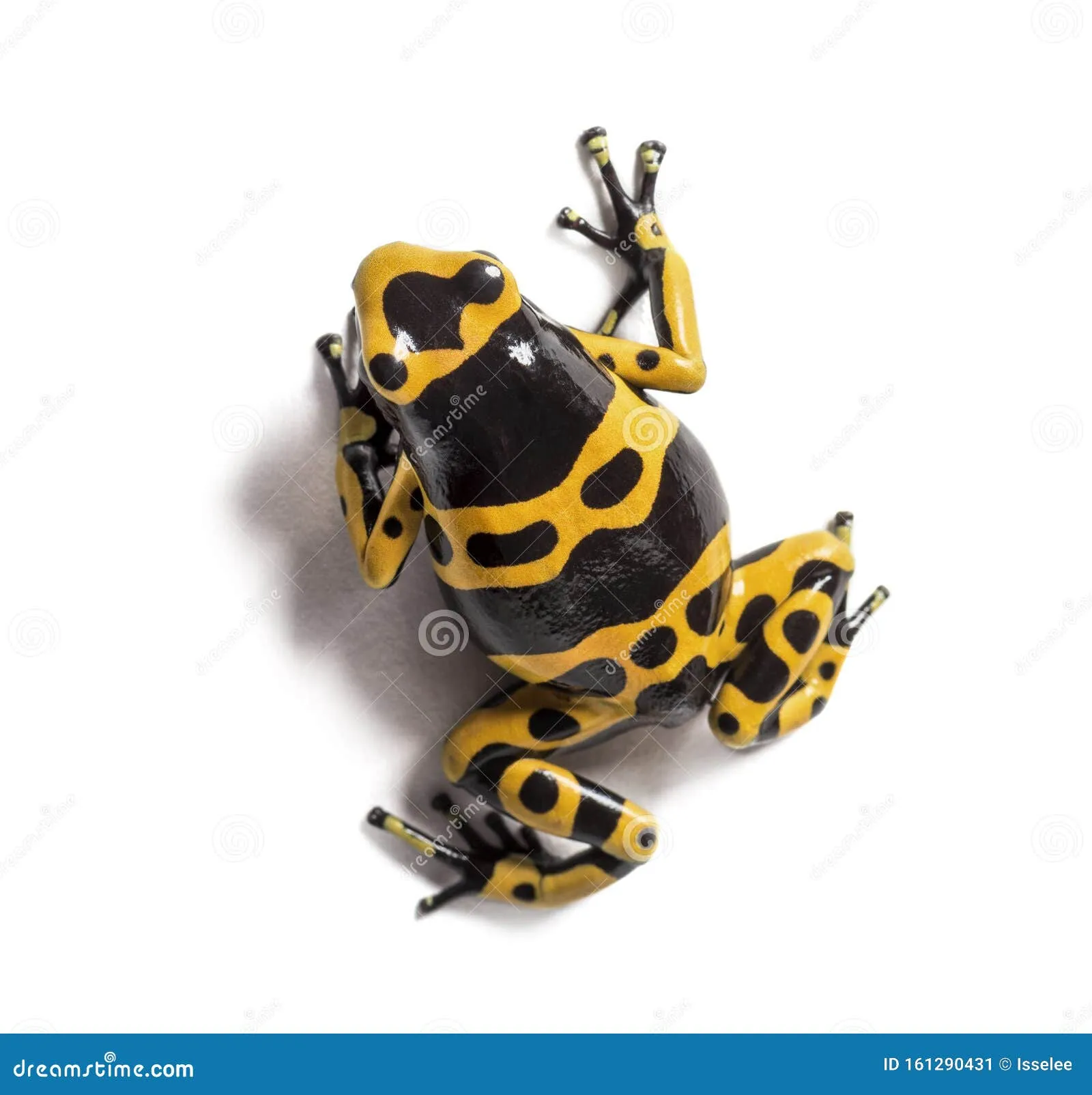
The Yellow Banded Birdeater Tarantula originates from the tropical regions of Brazil. Specifically, they are found in the rainforests and grasslands of the country. They are terrestrial tarantulas, meaning they primarily live on the ground, often found in burrows or under rocks and logs where they can find shelter from the elements and potential predators. The climate in their natural habitat is warm and humid, which influences the environmental requirements for their care in captivity. Understanding their natural habitat is crucial to providing appropriate living conditions in a terrarium setting. Replicating the warm, humid environment with plenty of hiding places is key to their well-being and ensures they thrive in a captive environment.
Top 5 Facts about Yellow Banded Birdeater Tarantulas
Size and Growth
The Yellow Banded Birdeater Tarantula is renowned for its impressive size, making it one of the largest tarantula species in the world. Females can reach a leg span of up to 10 inches (25 cm) or more, while males are typically slightly smaller. They grow relatively quickly, especially during their juvenile stages, molting frequently to shed their exoskeletons and increase in size. The growth rate slows down as they mature, with females often living for 15-20 years, continuing to molt and grow. Males, on the other hand, have a shorter lifespan, typically living for 3-5 years after their final molt. Proper nutrition and a suitable environment are essential for their optimal growth and overall health.
Venom and Bite
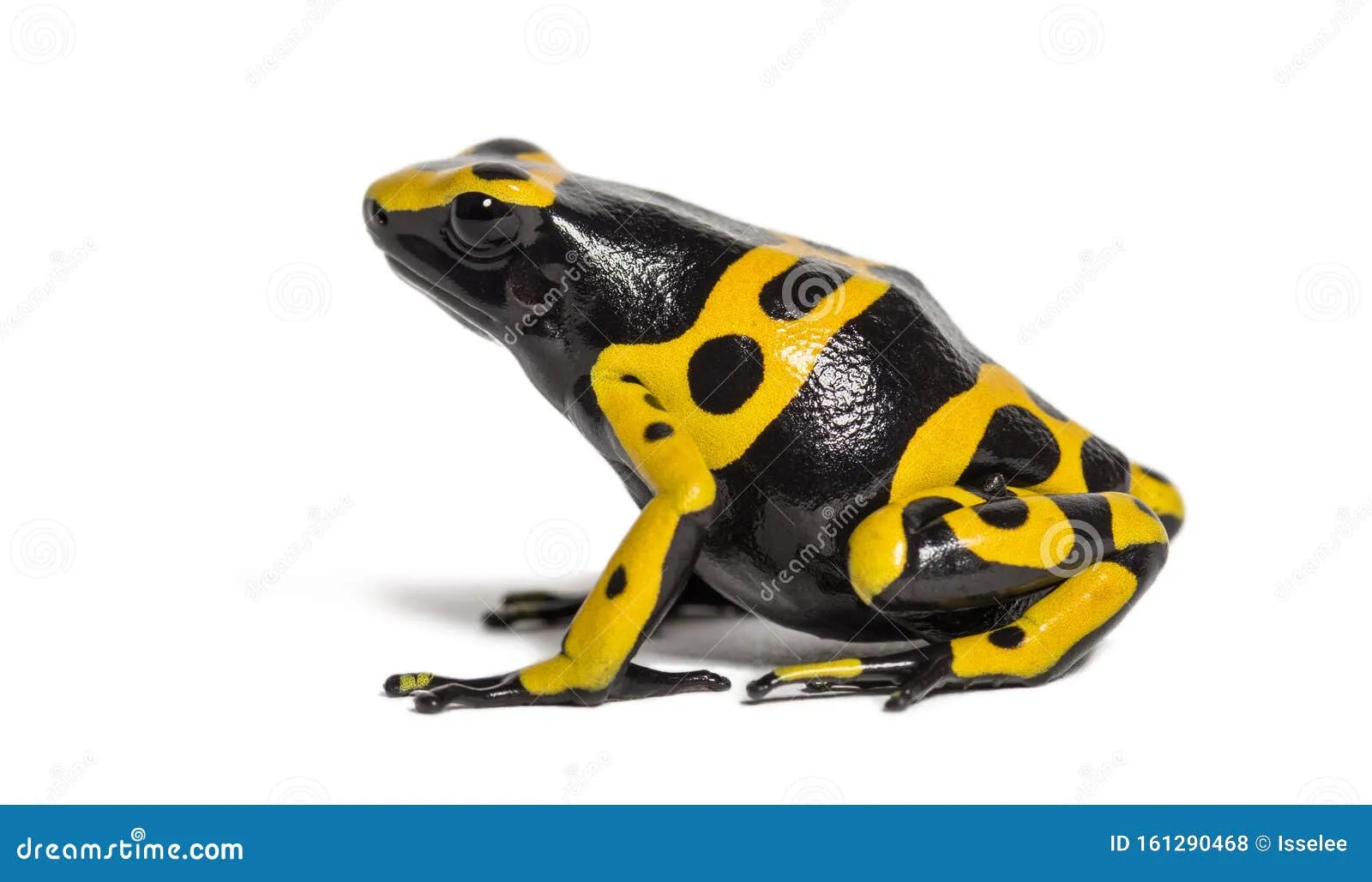
Like all tarantulas, the Yellow Banded Birdeater possesses venom, but it is not considered medically significant to humans. The bite can be painful, similar to a bee sting, and may cause localized pain, redness, and swelling at the bite site. Allergic reactions are rare, but if you experience any severe symptoms, it is important to seek medical attention. The primary defense mechanism of this tarantula is not its bite, but rather the urticating hairs located on its abdomen. When threatened, it flicks these hairs towards the perceived threat, causing irritation to the skin and eyes. Therefore, it is important to handle this species with care and avoid provoking them, as a defensive reaction is very possible when they feel threatened or stressed.
Diet and Feeding Habits
In the wild, the Yellow Banded Birdeater Tarantula is an opportunistic predator, feeding primarily on insects. However, their large size allows them to consume larger prey, including small vertebrates like lizards, rodents, and occasionally, small birds. In captivity, they are typically fed a diet of crickets, roaches, mealworms, and other readily available feeder insects. The size of the prey should be appropriate for the size of the tarantula, with juveniles eating smaller insects and adults requiring larger meals. Feeding frequency depends on the tarantula’s age and size, but typically, adults are fed once or twice a week. Providing fresh water is also essential for hydration, and the availability of food and water directly impacts their overall health and growth.
Lifespan
The lifespan of a Yellow Banded Birdeater Tarantula varies significantly between males and females. Females can live for an impressive 15 to 20 years, making them a long-term commitment for any enthusiast. This longevity contributes to their popularity, as owners can enjoy their pet for many years. Males, however, have a much shorter lifespan, typically living for only 3 to 5 years after their final molt, which occurs when they become mature and ready to mate. The difference in lifespan highlights the importance of understanding the specific care requirements for both genders and the lifecycle stages of this fascinating species.
Temperament and Handling
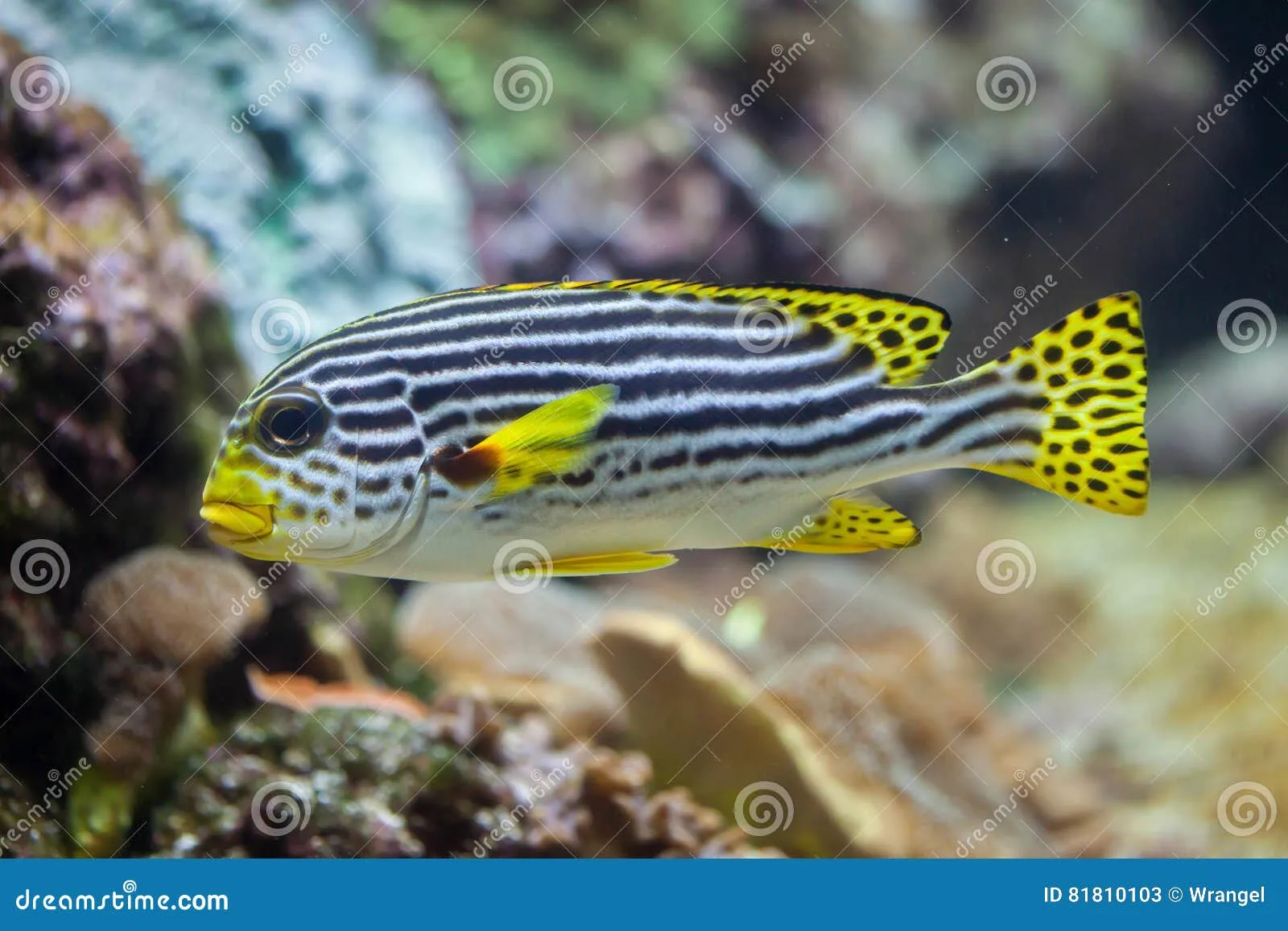
The Yellow Banded Birdeater Tarantula is generally considered a docile species, but it’s crucial to understand that each tarantula has its own personality. While they are not typically aggressive, they may flick urticating hairs as a defense mechanism if they feel threatened. Handling should be kept to a minimum and only done when necessary, such as for enclosure maintenance. Approach the tarantula slowly and gently, and avoid sudden movements or loud noises that could startle it. If you do decide to handle your tarantula, it should be done close to the ground or a soft surface in case of a fall. Hand-feeding, while sometimes done, is not recommended as it can increase the risk of bites. Observing them in their enclosure is often the best way to enjoy their behavior without causing them stress.
Caring for a Yellow Banded Birdeater Tarantula
Enclosure Requirements
Providing the right enclosure is crucial for the health and well-being of a Yellow Banded Birdeater Tarantula. A glass or plastic terrarium is suitable, with a minimum size of 10 gallons for juveniles and larger enclosures, like a 20-gallon or bigger for adult females, to allow for adequate space to move around. The enclosure should be well-ventilated, but escape-proof, with a secure lid. It’s essential to consider the tarantula’s terrestrial nature when setting up the habitat. Avoid placing the enclosure in direct sunlight or near a heat source, as this can lead to overheating. A well-designed enclosure replicates the conditions of their natural habitat, reducing stress and promoting a healthy, active tarantula.
Substrate and Decorations
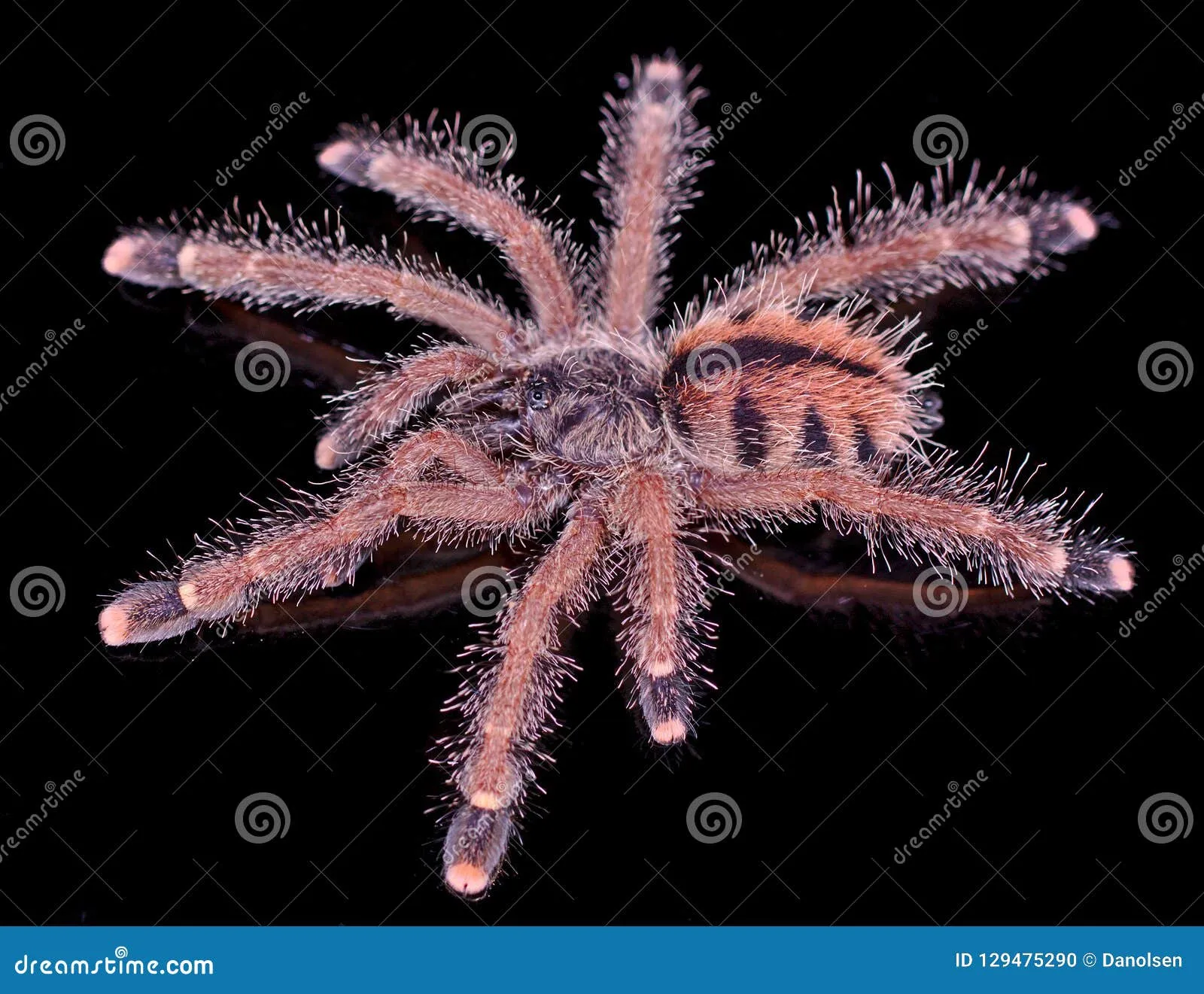
The substrate, or the material used to cover the bottom of the enclosure, should be several inches deep to allow the tarantula to burrow if it chooses. A mixture of peat moss, vermiculite, and coconut fiber is a good option, providing moisture retention and burrowing opportunities. Avoid using materials like gravel or sand, which can be difficult for the tarantula to navigate. Decorations should include a hide, such as a piece of cork bark or a hollow log, where the tarantula can retreat and feel secure. Live or artificial plants can also be added to provide additional hiding places and enrichment. The enclosure setup should encourage natural behaviors and minimize stress for the tarantula.
Temperature and Humidity
Maintaining the correct temperature and humidity levels is vital for the Yellow Banded Birdeater Tarantula’s health. The ideal temperature range is between 75°F and 85°F (24°C and 29°C). A heat lamp or a heat pad placed on the side of the enclosure can be used to maintain this temperature. Humidity levels should be kept between 65% and 75%. This can be achieved by misting the enclosure with water every few days, or by providing a water dish. A hygrometer is essential for monitoring the humidity levels. It’s important to avoid excessive humidity, which can lead to mold and other problems. Regular monitoring and adjustment of these environmental parameters are essential for replicating their natural environment.
Feeding and Watering
Proper feeding and watering are essential components of caring for a Yellow Banded Birdeater Tarantula. Provide a varied diet of appropriately sized insects. Crickets and roaches are good staples. Feed juveniles more frequently, perhaps twice a week, and adult tarantulas once or twice per week. Remove any uneaten prey within 24 hours. Always provide a shallow water dish with fresh, clean water, ensuring it’s easily accessible. Regular misting of the enclosure also helps maintain humidity levels and provides the tarantula with additional hydration options. Overfeeding can lead to obesity, while underfeeding can stunt growth and lead to poor health. Monitoring your tarantula’s body condition and adjusting feeding frequency accordingly will help ensure it thrives.
Common Health Issues
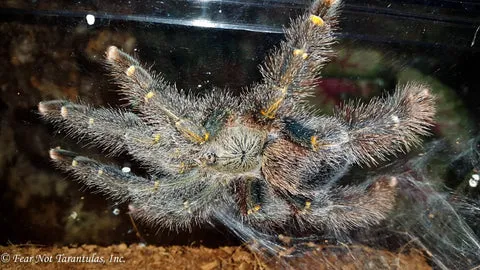
Like all pets, Yellow Banded Birdeater Tarantulas can be susceptible to health problems. Common issues include dehydration, which can be avoided by ensuring sufficient access to water and appropriate humidity. Parasites, such as mites, can infest the tarantula, causing irritation and potentially other health problems. Poor molting, where the tarantula struggles to shed its exoskeleton, is another concern, often linked to insufficient humidity or stress. Bacterial or fungal infections may also occur if the enclosure is not kept clean. Regular observation of your tarantula can help detect any issues early. Consult a veterinarian experienced with invertebrates if you notice any unusual behaviors or symptoms.
